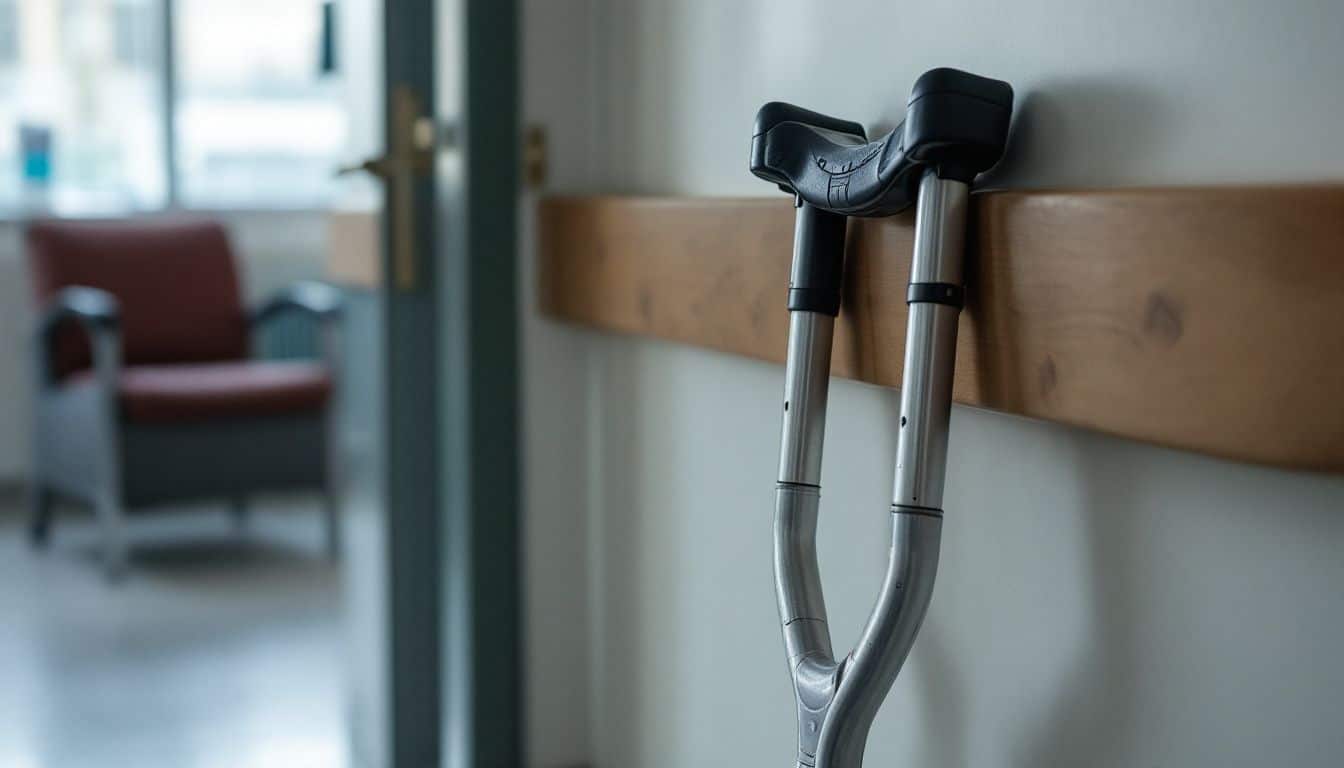What if I can’t work because of an injury? Many men face this stressful question after workplace accidents, broken bones, or serious health issues. In fact, Social Security Disability Insurance (SSDI) and Supplemental Security Income (SSI) remain critical lifelines for injured employees in 2025.
This guide shows you five clear paths to financial support—so you’re prepared if injuries strike. Keep reading to protect your future income.
Key Takeaways
SSDI benefits pay around $1,100 to $1,800 per month on average—with payments topping out at $4,018—depending on how much you earned before applying.
Short-term disability usually gives you 60% of your normal pay for about a year, while workers’ comp covers roughly two-thirds of regular income.
At the state level, California, New York, New Jersey, Hawaii, and Rhode Island offer their own short-term disability coverage.
SSDI rules will change in 2025, boosting monthly income limits to $1,530 for most folks, or up to $2,550 if you’re legally blind.
Before you apply, gather all your medical paperwork, sign up for a Social Security account online, and prepare to wait around 3 to 5 months for an answer.
Table of Contents
What Happens If You Can’t Work Due to an Injury?
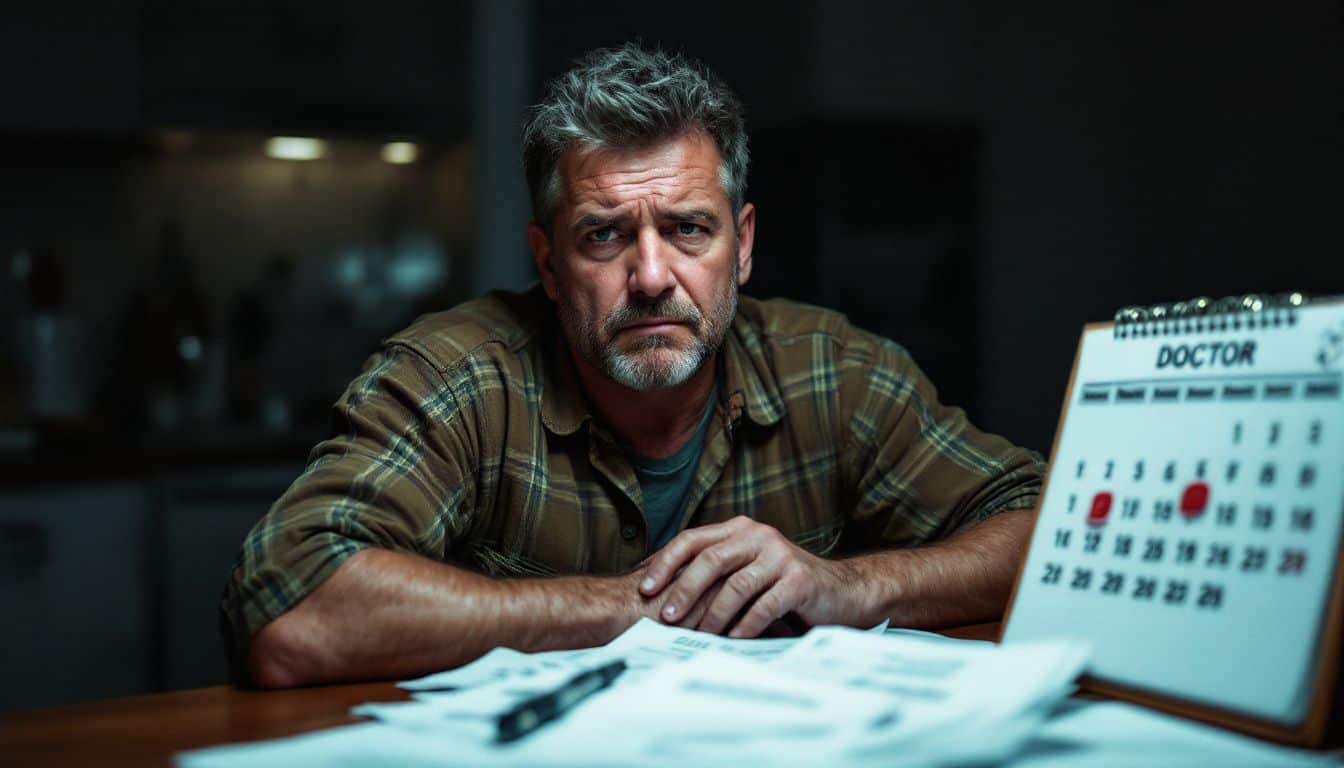
A serious injury can suddenly stop your income in its tracks. However, your bills keep coming, even while you’re recovering. A back injury, lung issues, or mental health struggles could easily keep you out of work for months—or even years.
If your condition keeps you from working for over a year, Social Security Disability Insurance (SSDI) may offer the lifeline you need. SSDI provides steady financial help for as long as you’re unable to earn.
Many folks don’t even realize they’ve been paying into SSDI through payroll taxes all this time—so it’s already there for them.
The hardest part of being injured isn’t the pain—it’s watching your savings disappear while you can’t earn.
Last year I fell and broke my leg badly in three places on a construction site. Medical bills stacked up quickly, and my family had a rough time making ends meet without my paycheck.
The doctor told me clearly, I wouldn’t be ready to work again for at least eight months. Soon I discovered short-term disability benefits can help cover some of what I lost in wages.
For accidents at work, workers compensation class codes determine exactly how much support you may get.
These programs exist because injuries can happen to anyone—even healthy guys who never imagined they’d need the help.
Understanding Your Options for Financial Support

When injuries stop your paycheck, you need to know all your money options fast. Several financial support systems can replace your lost wages while you heal.
Social Security Disability Insurance (SSDI)

Social Security Disability Insurance (SSDI) provides crucial protection if you’re injured and can’t continue working. SSDI monthly payments range from around $1,100 to $1,800—but payments depend on your past earnings.
To qualify, you must’ve paid into Social Security for about five to ten years. Your injury or disability has to last at least one full year for SSDI approval. I saw this clearly after my brother’s accident at his construction job, as the injury prevented him from returning to work.
Monthly SSDI payments can be as high as $4,018, but most recipients average around $1,580 each month. Your previous wages directly determine your monthly SSDI amount. One great advantage is that SSDI also covers family members.
Dependents can receive payments up to half of your monthly SSDI amount. The Social Security Administration reviews every application carefully, so have your medical documents ready before you apply.
Short-Term Disability Benefits

SSDI is great for long-term needs, but short-term disability kicks in faster—giving you quick financial relief. Short-term plans usually cover between six months and one year and replace around 60% of your regular income, up to a certain limit.
A lot of folks don’t know employers often include this benefit as part of their standard package. Last year, I broke my leg badly; luckily, my company’s short-term disability coverage kept my bills under control while I healed.
Several states—including California, New York, New Jersey, Hawaii, and Rhode Island—run separate short-term disability programs. These state-run programs usually get funds to you faster than SSDI, helping bridge the gap until you fully recover or qualify for longer-term assistance.
Whether applying through your company or a state-run plan, you’ll need medical documents to prove your injury or condition. Insurance companies usually require paperwork directly from your doctor about issues like torn ligaments, compound fractures, or other physical injuries that keep you away from work.
Workers’ Compensation (if applicable)
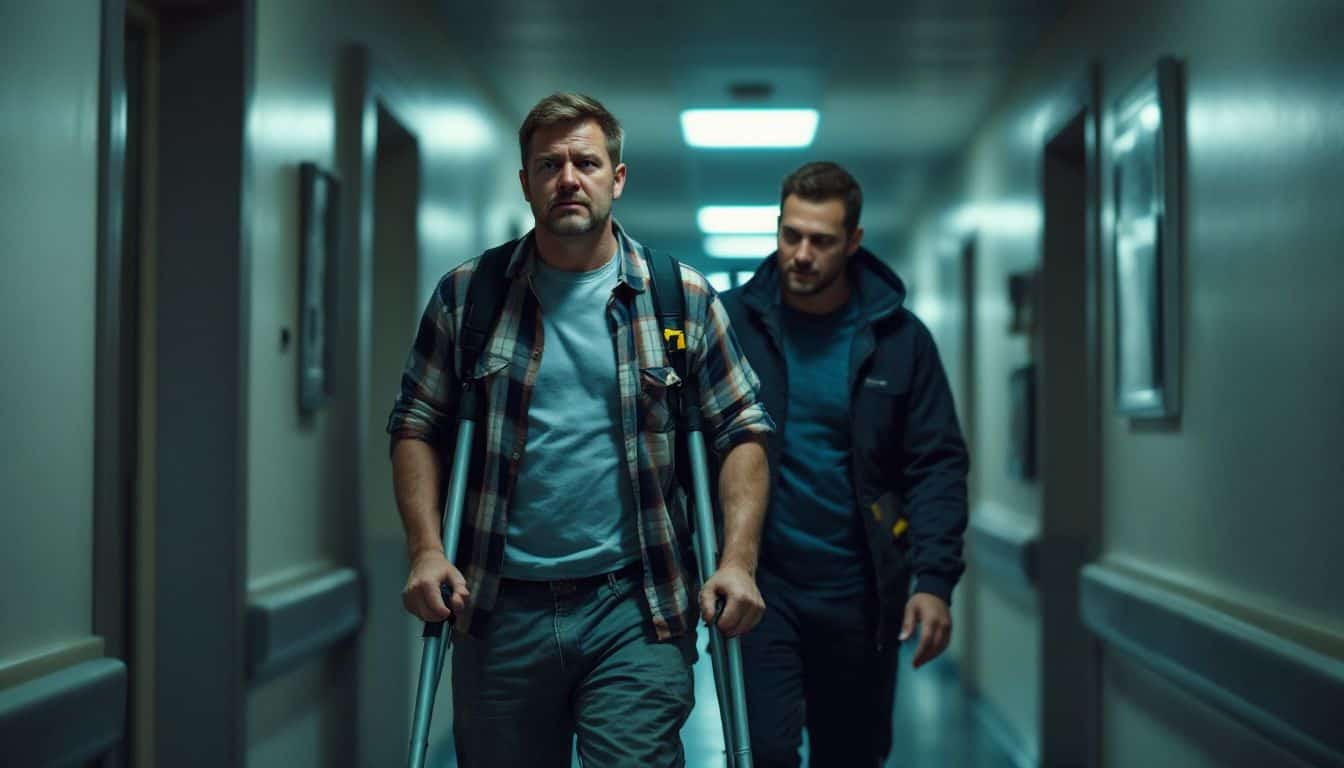
Workers’ compensation gives you financial support if you get injured at work. It covers roughly two-thirds of your regular pay while you’re healing and unable to work. To claim these benefits, you need to report the accident to your employer within 120 days of getting hurt.
Your payments stop once you’re healed, or if you start working again at a similar salary. For workers who can’t fully go back to their old job, partial disability benefits can continue up to 500 weeks—that’s almost ten whole years of steady help.
Plenty of insurance companies handle workers’ compensation claims, though they don’t always make things simple or easy. Your employer’s insurance provider pays medical bills and covers equipment needed to treat your injury.
If your claim gets denied, hiring a personal injury lawyer can help you get the support you deserve. Next up, let’s see how you can begin applying for workers’ compensation benefits.
How to Start the Application Process for Benefits
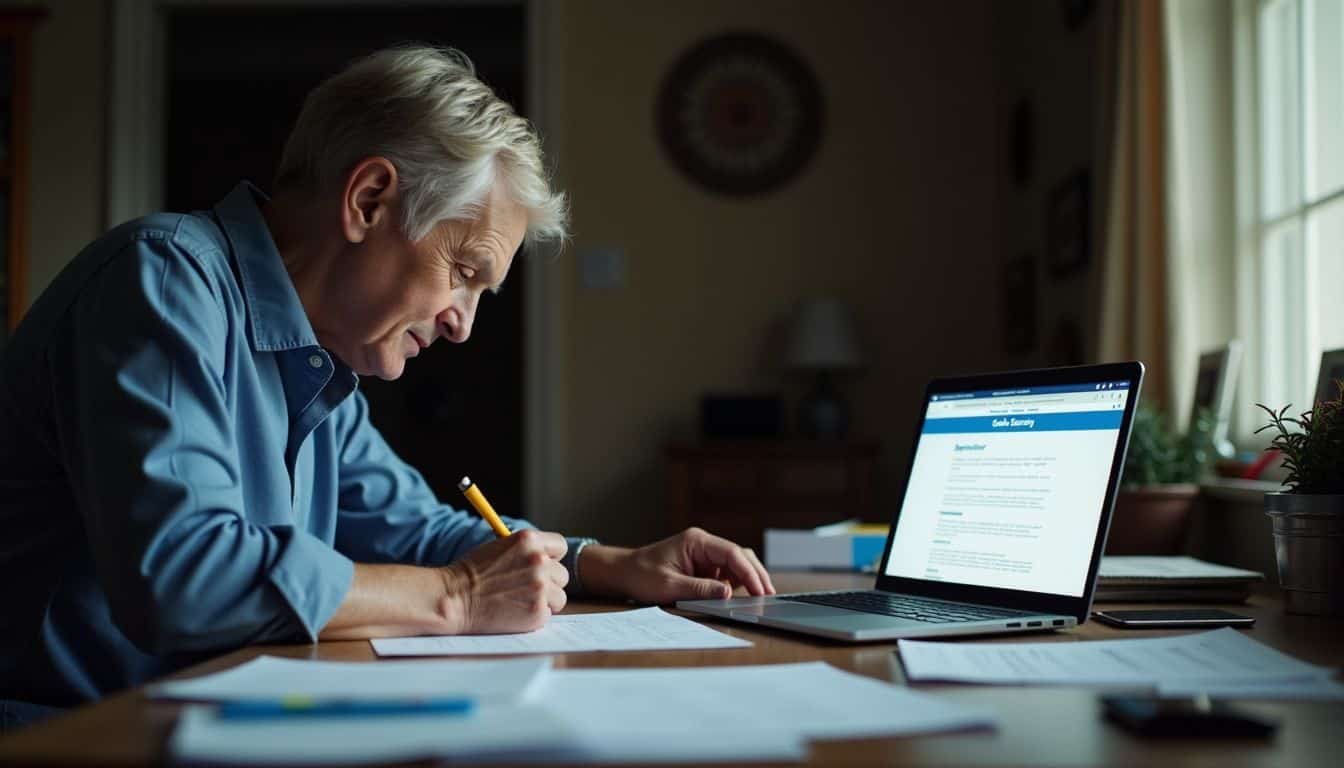
Filing for injury benefits requires preparation, clear steps, and patience. Your goal is getting the money you’re owed, so you can rest and recover without extra stress. Here’s exactly what you need to do:
- Collect copies of all your medical records—doctor visits, hospital stays, injury specialists like chiropractors, test results, and treatment plans. These documents show that your injury keeps you from doing your job.
- Visit the Social Security Administration (SSA) website and review their disability listings. Check carefully to see if your condition qualifies. SSA will consider your employment history and how much you’ve contributed through taxes.
- Set up an account on Social Security’s official site to start your online claim. Prefer talking to someone? You can also apply by phone or in-person at your local office.
- Fill in every required section of the application carefully—your correct job history, earnings, and medical details. Missing even one piece of information can hold things up for weeks—or months.
- Submit detailed evidence showing your injury clearly—doctor’s notes, X-rays, MRIs, prescriptions, therapy plans, and specialist evaluations. Solid records make approval more likely.
- Expect a wait of at least three to five months before hearing back. Getting denied the first time is common, so stay calm and be ready if it happens.
- Mark important appeal deadlines clearly on your calendar. SSDI appeals come in four levels: Reconsideration, Hearing, Appeals Council Review, and finally Federal Court Review.
- Speak with a personal injury lawyer—many offer free first meetings to look over your paperwork. Attorneys spot common errors that could cause rejection.
- Look into other benefit programs while you wait, like unemployment payments or SNAP food support, to cover daily expenses until your case goes through.
- Keep extra copies of every document, letter, form, and receipt tied to your claim. Papers sometimes get lost—proof of sending them could save your claim from delays.
Getting Legal Help to Maximize Your Compensation
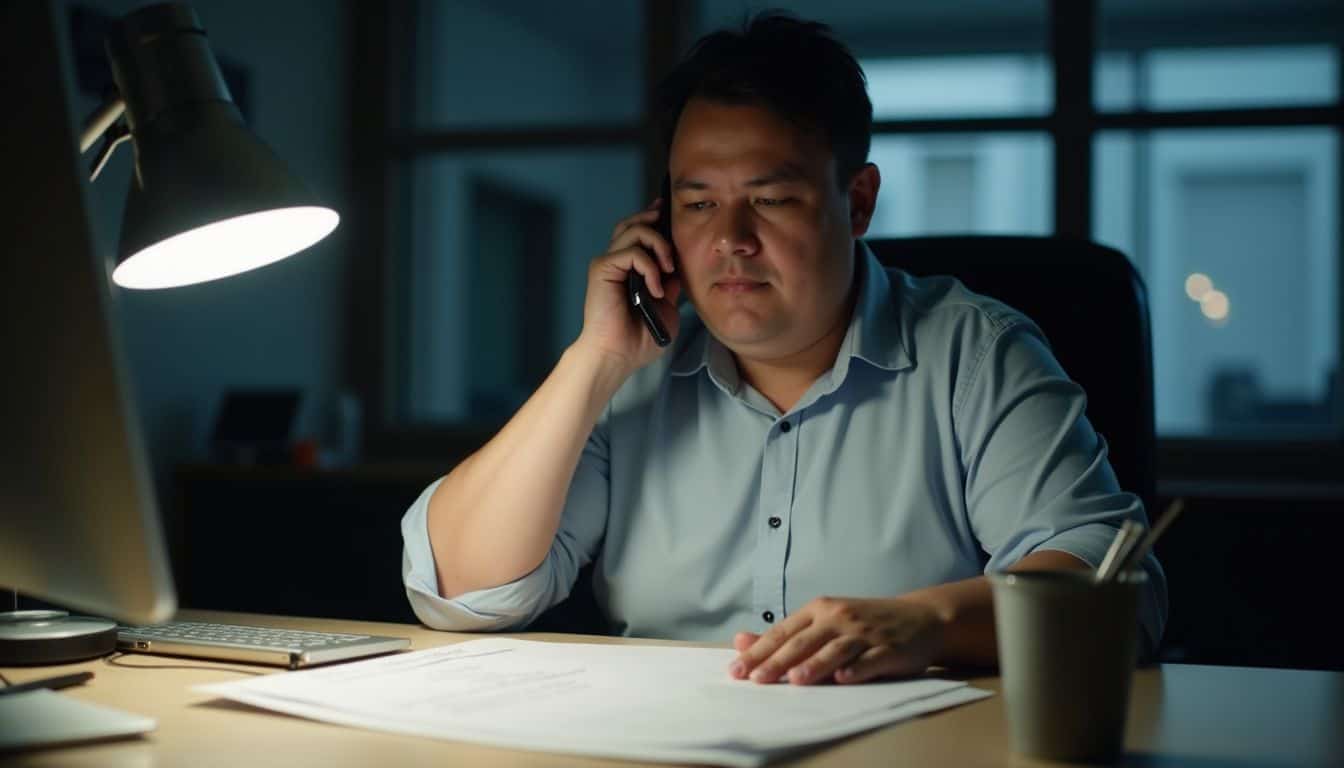
Legal experts can greatly improve your chances of getting disability benefits you might otherwise miss. A personal injury lawyer understands exactly how insurance companies operate, especially those tricks companies use to pay you less.
Many injured workers aren’t aware that free case evaluations are available—like calling (215) 569-0900 if you’re in Pennsylvania or New Jersey. Experienced lawyers know the language insurers speak and easily spot sneaky tactics that could lower your payout.
Hiring a Workers’ Compensation attorney is smart if you got injured on the job. The application process is filled with pitfalls that might slow down or halt your payments altogether.
Your lawyer ensures you submit proper medical evidence from doctors, therapists, or hospitals. If your claim gets denied, the attorney steps in immediately to fight back on your behalf.
I learned this the hard way myself—I once handled my own workplace injury claim, messed up the paperwork, and missed out on three months’ worth of checks. A skilled lawyer helps you slice through the paperwork hassles easily and get every penny you’re owed, leaving you free to rest and recover fully.
How Will Disability Benefits and Support Systems Evolve in 2025?

Social Security Disability Insurance is set for some big shifts in 2025. The Substantial Gainful Activity (SGA) limit will increase significantly—up to $1,530 per month for most recipients and $2,550 monthly for individuals with blindness.
That means you can bring home more money, while still keeping your benefits intact. The trial work period also gets a boost, rising to around $1,100 each month, providing injured workers greater flexibility to explore returning to work.
Cost-of-living adjustments should increase by about 5%, helping your benefits keep up with higher costs. These adjustments make a real difference—they put extra cash into your account as you recover.
A lot of folks don’t realize just how helpful these higher limits can be in managing bills after an injury.
Financial assistance programs will also offer more flexibility, especially for guys recovering from injuries. Veterans Administration initiatives and vocational rehabilitation programs will provide updated training options matched to today’s job needs.
Insurance companies plan to roll out improved short-term disability coverage that involves fewer hassles and less paperwork. Even the benefit application process will get simpler, although you might still need support from a personal injury court like on TV for fair results.
Plus, coverage for medical equipment will grow, making it easier for you to access recovery tools and supplies. I’ve personally watched friends struggle or succeed based on these programs—so these upcoming 2025 improvements definitely offer injured men better odds for success.
People Also Ask
What financial help can I get if I’m injured and can’t work?
You might qualify for social security disability, which provides income support if you have a physical or mental disability preventing work. Another option is unemployment benefits—available if you’re jobless due to injuries that weren’t your fault. Some people also file personal injury lawsuits against whoever caused their injuries through negligence, getting compensation for lost income and other harms.
How do I know if I can get disability benefits?
Social security disability is available if your condition prevents you from working at least 12 months. You’ll need medical records—proof from doctors and healthcare providers—to show your disability. The application process can move slowly, so it’s smart to apply early.
Should I hire a personal injury attorney?
Yes, hiring a personal injury lawyer makes sense if someone else’s negligence caused your injuries. Experienced attorneys handle negotiations with insurance companies, protect your rights, and help secure fair compensation. They routinely manage cases like car accidents and slip-and-fall injuries on Long Island and throughout Queens.
What happens to my mortgage if I can’t work?
Speak with your lender about temporary payment relief, known as mortgage forbearance, which pauses or lowers payments short-term. FHA-backed loans offer special assistance programs for homeowners struggling financially due to injury or illness. Using retirement savings could be an emergency option—but first, chat with a registered investment advisor.
Can I get help with food and medical costs?
SNAP is a federal food assistance program helping families lower their grocery bills when income drops. Low-income individuals may qualify for state-run medical assistance programs covering healthcare and hospital visits at reduced or no cost. Some rehabilitation centers also offer affordable care through fees based on your ability to pay.
Will my insurance cover my lost income?
Certain insurance policies include disability coverage, offering partial income replacement if injuries keep you from working. Check your plan details carefully—or reach out to your insurance representative—to find out what’s covered and excluded. Keep in mind, after you make a claim, premiums could rise.
References
https://www.vazirilaw.com/blog/can-i-receive-disability-benefits-after-a-car-accident (2025-01-13)
https://www.forthepeople.com/blog/social-security-disability-benefits-complete-guide/ (2025-02-25)
https://www.ssa.gov/disability
https://www.forthepeople.com/blog/basics-what-workers-compensation/
https://futuramo.com/blog/is-getting-compensation-possible-when-you-cant-work/
https://disabilitylawgroup.com/blog/understanding-ssdi-eligibility-requirements-in-2025/ (2025-02-27)
https://mattwhiteattorney.com/how-workers-compensation-attorneys-help-in-2025/
https://disabilitylawgroup.com/blog/2025-ssdi-proposed-changes-and-how-they-could-impact-you/ (2024-10-31)
